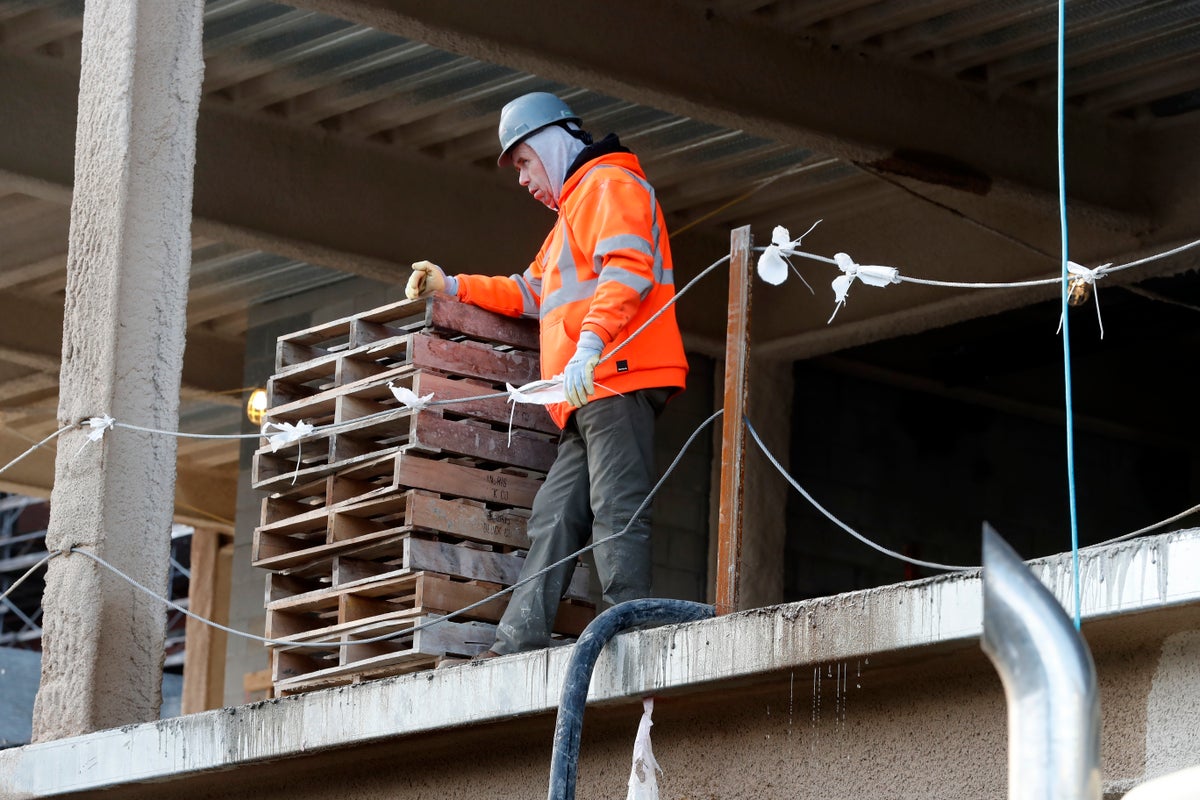
Does the Federal Reserve have it wrong?
For months, the Fed has been warily watching the U.S. economy's robust job gains out of concern that employers, desperate to hire, will keep boosting pay and, in turn, keep inflation elevated. But January’s blowout job growth coincided with an actual slowdown in wage growth. And it followed an easing of numerous inflation measures in recent months.
The past year's consistently robust hiring gains have also defied the fastest increase in the Fed's benchmark interest rate in four decades — an aggressive effort by the central bank to cool hiring, economic growth and the spiking prices that have bedeviled American households for nearly two years.
Instead, economists were astonished when the government reported Friday that employers added an explosive 517,000 jobs last month and that the unemployment rate sank to a new 53-year low of 3.4%.
“Today’s jobs report is almost too good to be true,” said Julia Pollak, chief economist at ZipRecruiter. “Like $20 bills on the sidewalk and free lunches, falling inflation paired with falling unemployment is the stuff of economics fiction.”
In economic models used by the Fed and most mainstream economists, a job market with strong hiring and a low unemployment rate typically fuels higher inflation. Under this scenario, companies feel compelled to keep boosting wages to attract and keep workers. They often then pass those higher labor costs on to their customers by raising prices. Their higher-paid workers also have more money to spend. Both trends can feed inflation pressures.
Yet even as hiring has been solid in the past six months, year-over-year inflation has fallen from a peak of 9.1% in June to 6.5% in December. Much of that decline reflects cheaper gas prices. But even excluding volatile food and energy costs, the Fed's preferred inflation gauge has risen at about a 3% annual rate over the past three months — not so far above its 2% target.
Those trends have raised questions about a core aspect of the Fed's higher interest rate policy. Chair Jerome Powell has said that conquering inflation would require “some pain.” And the Fed's policymakers have forecast that the unemployment rate would rise to 4.6% by the end of this year. In the past, an increase that much in the jobless rate has been associated with a recession.
Yet Friday's report suggests the possibility that the long-standing connection between a vigorous job market and high inflation has broken down. And that breakdown holds out a tantalizing possibility: That inflation could continue to decline even while employers keep adding jobs at a healthy pace.
“This does suggest that the traditional Fed models are not describing the current situation and that perhaps this time is actually different," Pollak said in an interview.
“The pandemic pushed the labor market into completely different territory," she continued. "And so the usual forces may just not operate here.”
Yet it's also possible that Friday's report could nudge the Fed in the opposite direction: The consistently strong job growth might convince Powell and other officials that, despite the signs that wage growth is slowing, a powerful job market will inevitably reignite inflation. If so, their benchmark rate would have to stay high to cool the pace of hiring.







